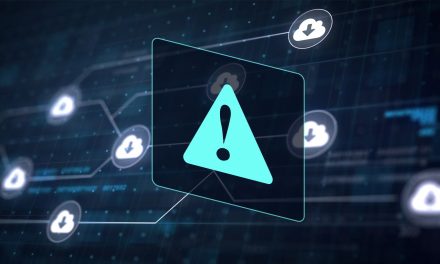Take a closer look at what drives such shady online ecosystems, and how cybercrime is being digitalized to democratize
While cybercrime can be broadly defined as any computer-related crime, the reality is that the threat landscape in many ways comprises a microcosm of the business world where intertwined networks undertake large hacking operations like the Colonial Pipeline shutdown and JBS Foods cyberattack.
The Dark Web is a key platform where anonymity and privacy encourages such examples of ‘expertise trading’.
For some bad actors, it is a springboard to launch cyberattacks from, as they start to find their niche and peddle specialized services in the shady side of the Internet. For others, it is an illicit marketplace to access sought-after assets such as cryptocurrencies, personal information, as well as intellectual property and trade secrets.
This incredibly lucrative business is estimated to reach US$1.3bn in value by 2028 according to estimates.
It takes a village to quell cyberattacks
The COVID-19 pandemic had provided criminals with many opportunities to exploit new hybrid work environments and expanded attack surfaces.
Coping with an increase in cyberattacks around the region is not a one-man job. Policymakers in the region have shored up their cybersecurity regulations and laws, but business compliance is crucial.
To reinforce defenses and protect organizations, the public and private sectors, tech innovators and policymakers must work hand-in-hand to keep cyberattackers at bay.

However, the reality is that organizations are the ones ostensibly responsible for keeping their data safe. To that end, they must take individual responsibility to counter cybercrime, and invest rapidly in upskilling their teams and cybersecurity solutions to build up capabilities to counter such threats.
Mechanisms to build up security
Along with maintaining a vigorous focus on cyber hygiene such as patching and updating, there are a number of ways organizations can stay secure: by knowing the risks involved and equipping teams with the right tools and information such as:
- Prepare to prevent: 1-10-60
When an attack is in progress, organizations have an average of one minute to detect it, 10 minutes to understand it and one hour to contain it. This crucial metric is a framework that has been tested and proven to help organizations mount a rapid and efficient response to threats. Developing a robust framework for IR processes offers organizations a rapid and efficient response in the unfortunate event of a breach. - Drill, drill, drill
While no team prefers to face a real-life cybersecurity incident, teams need to be prepared by testing their skills on simulated threats to ensure their cybersecurity skills are up to scratch. In a drill, a vendor may challenge a company’s security measures through tests and set up a review to find out where teams need to sharpen their skills and where policies require adjustment. - Know your adversary
It is a misconception that organizations face in a problem dealing with various types of cyberattacks such as ransomware and phishing. In reality, humans are behind every type of cyberattack.
Organizations that understanding the adversaries most likely to target their network are more focused in allocating resources and preparing defenses to counter the cyber risks.





















